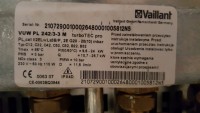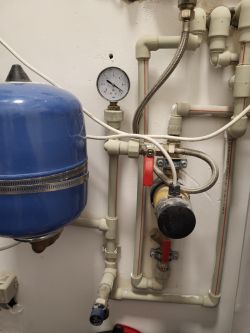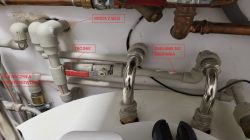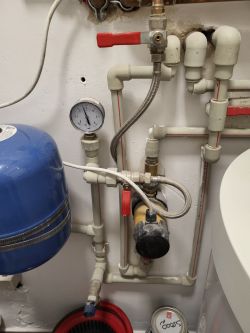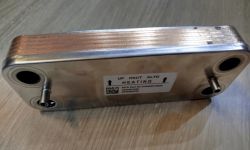I will refresh a bit the topic that I read quite carefully, and from what I know, it may be the fault of a leaky valve, but I will describe the problem that occurs with me.
I will start with what I have a stove, it is already 7 years old.
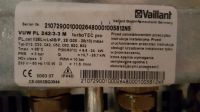
It started in September, the pressure in the system always decreased slightly over time, and as it got 1 bar, I decided to let it go to 1.3 bar as always. From that moment on, the pressure in the system began to increase, and very quickly, because after approx. 8 hours it was increasing by approx. 0.4 bar. Of course, I found out about how he let go of the safety valve while the stove was heating up and it made a puddle under the stove. For some time, a few days, the pressure increased by itself at such a dizzying pace, and then slower and slower, until after about 2 - 3 weeks it increases by about 0.1 bar a day. I called a service technician, he cleaned it, of course, because he also demanded it, he pumped the air with a compressor and the same thing again, the pressure was rising very quickly for a while, until after a few weeks it became more stable and grows 0.1 bar a day. I am draining the system so far, but this is not correct.
Initially, I put on a valve that allows water into the system, but why does the pressure increase much slower with time, and the drained water seems to be slightly carbonated, the effect is similar to dissolving some multivitamin in hihi water

much weaker, of course.
What will the experts tell me? I greet you all warmly




